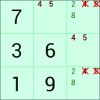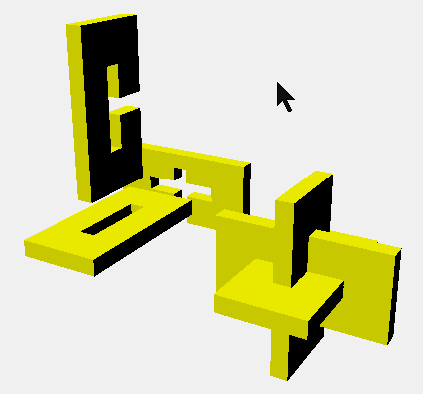
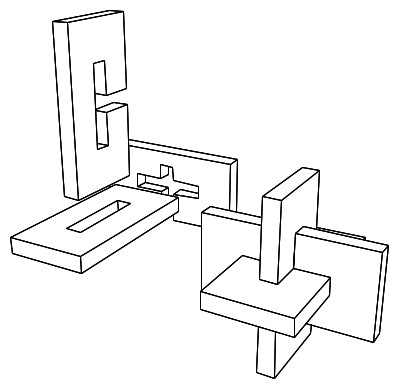
Published by Amazon, August 2024, both as paperback and as e-book:
Thirty Geometry Exercises with Solutions
This (little) book is about (medium or low level) mathematics or, more specifically, about geometry.
Thirty interesting problems are formulated and illustrated in Chapter 1;
their solutions are given (and also illustrated) in Chapter 2.
Published by Amazon, August 2024, both as paperback and as e-book:
Fifty Geometry Exercises
This book is similar to the above one, with fifty exercises not occurring in the previous book.
There is a separate chapter with illustrated solutions.
Published by Amazon, November 2024, both as paperback and as e-book:
Forty Geometry Exercises with Solutions
This book is similar to those above, with forty exercises not occurring in the previous books.
There is a separate chapter with illustrated solutions.
Published by Amazon, January 2020, both as paperback and as e-book:
Python: an Informal Introduction
If you would like to learn the Python programming language you should try this book.
All language elements are discussed in it and clarified with programming examples,
the vast majority of which are extremely simple. Programs written in Python are very
well-readable in comparison with equivalent programs in other popular languages.
Published by Amazon both as paperback and as e-book in 2024:
Computer Graphics Programming in C++/Qt6, Second Edition
You can download the source code of the program examples,
tested on both Windows and Linux.
There is also an extensive set of
data files available for download.
These represent 3D objects, including the 26 capital
and lower case letters, the ten decimal digits and several 3D puzzles.
For example, the images below on the left and on the right are obtained by opening
the data file puzzle3ab.dat
with the programs hfaces.exe and hlines.exe, respectively.


By the way, the file puzzle3ab.dat just mentioned was generated by program edit3d.exe in four steps:
(1) open the data file puzzle3a.dat for the three detached puzzle pieces;
(2) import the file puzzle3b.dat for the solved puzzle;
(3) shift the selected vertices (that is the imported object), to place the unsolved and the solved puzzles some distance apart;
(4) write the data file puzzleab.dat.
See also github.com/LAmmeraal
If you are interested in computer graphics and Java programming, you may take a look at
the following book, by Leen Ammeraal and Kang Zhang, published by Springer:
Computer Graphics for Java Programmers, 3nd Edition (2017, ISBN 978-3-319-63357-2)
Some books by Leen Ammeraal published by Wiley:
Algorithms and Data Structures in C++ (1996, ISBN 0-471-96355-0)
STL for C++ Programmers
(1997, ISBN 0-471-97181-2)
C++ for Programmers, 3rd Ed.
(2000, ISBN 0-471-60697-9)
All my books published by Wiley (including older ones), along with foreign translations
My Android app FuncXY to visualize functions of two variables
See also
the webpage for this app.

Work in progress:
My program Win3D of 1994 being revised
Please refer to its User's Guide (although this does not
yet reflect the latest improvements and extensions).
I recently used Win3D to draw twelve images shown below and depicting the solution of a 12 piece cube puzzle.
Incidentally, the data files for these images are included as puzzle12-xx.dat (where xx = 01,..,12) in the
set of data files mentioned above.
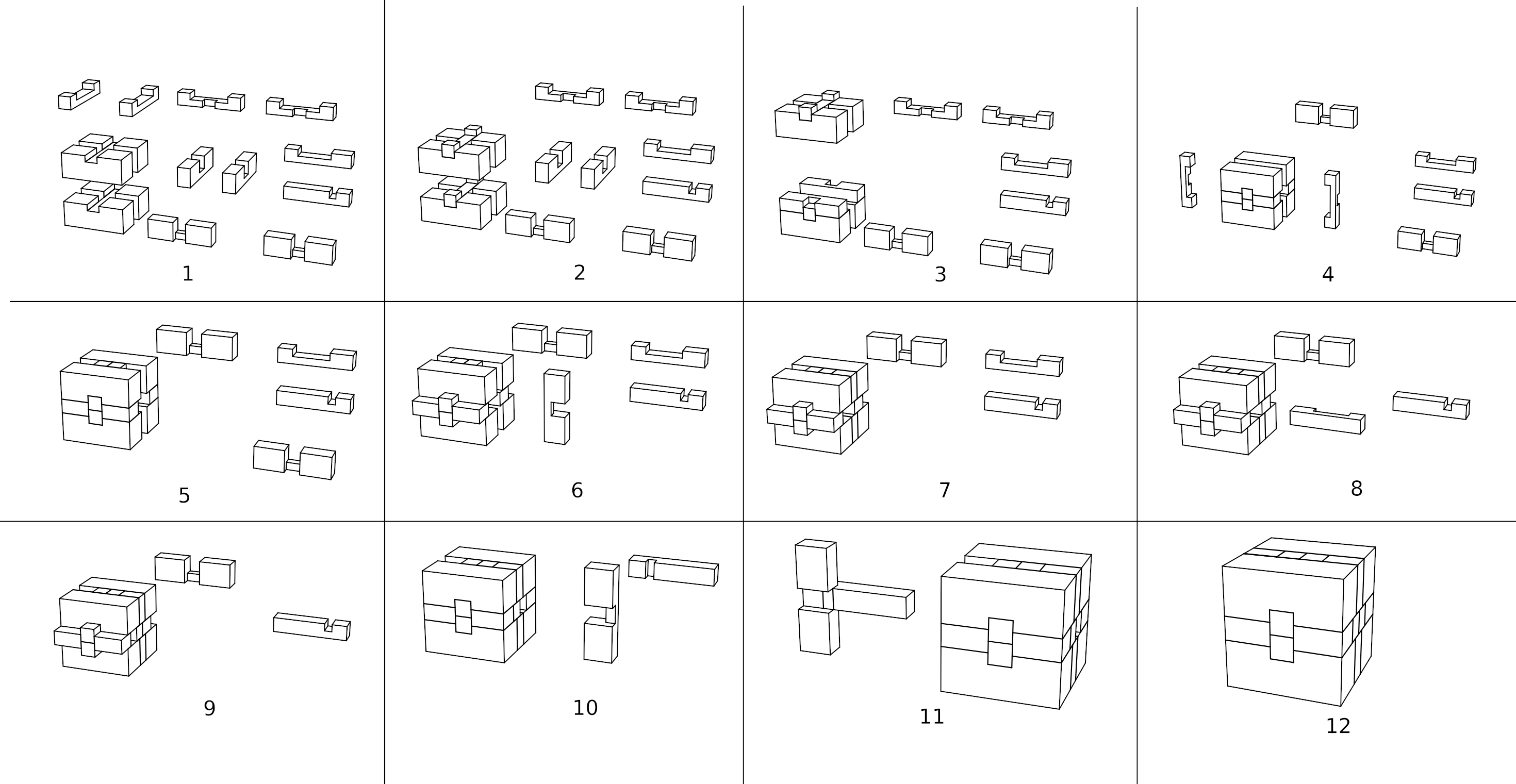
Since March 2022 Win3D enables the user to specify different colors for parts of 3D objects (technically
known as groups).
Actually, different shades of each color are used, depending on the direction of
the light source, as usual.
Optionally, we can now draw the boundaries of the colored faces as black lines, as these 12 pictures demonstrate:
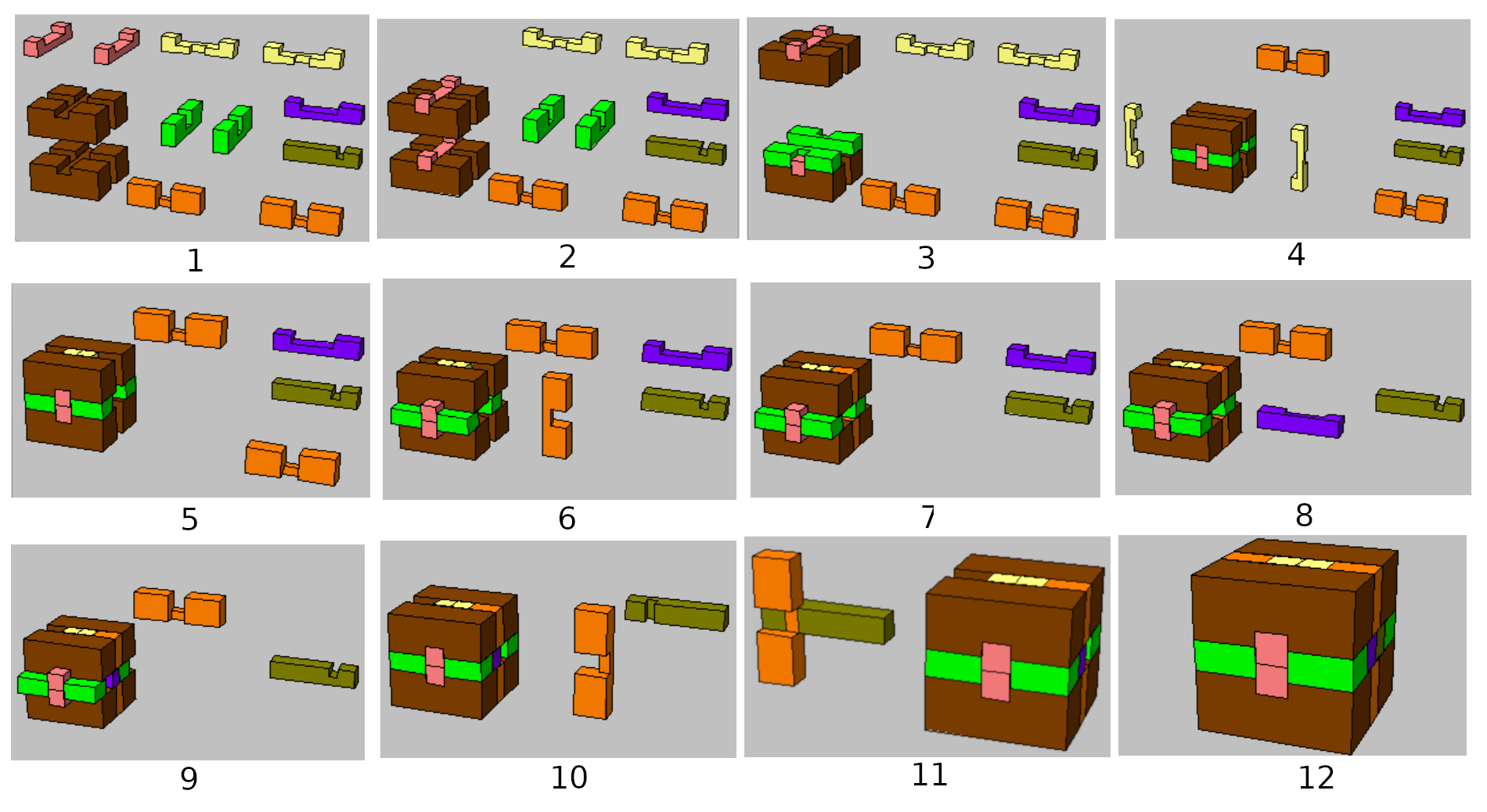

Sudoku app for Android tablet or phone
